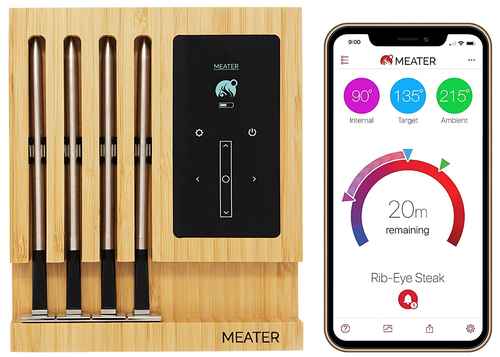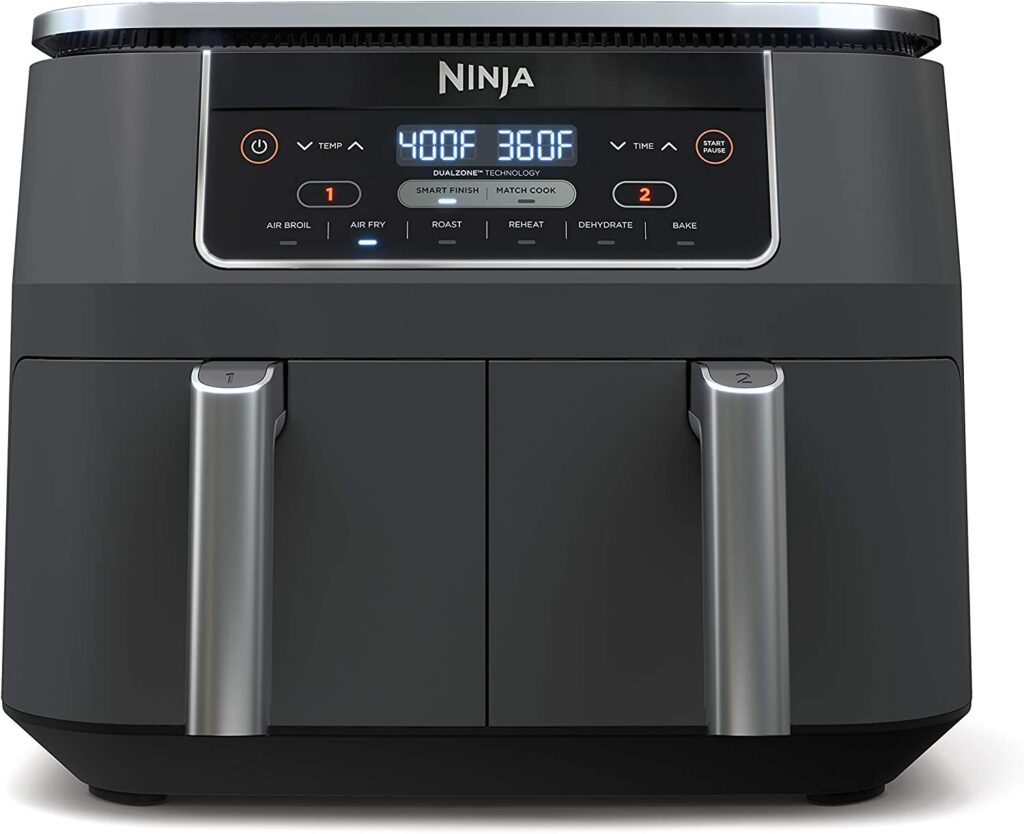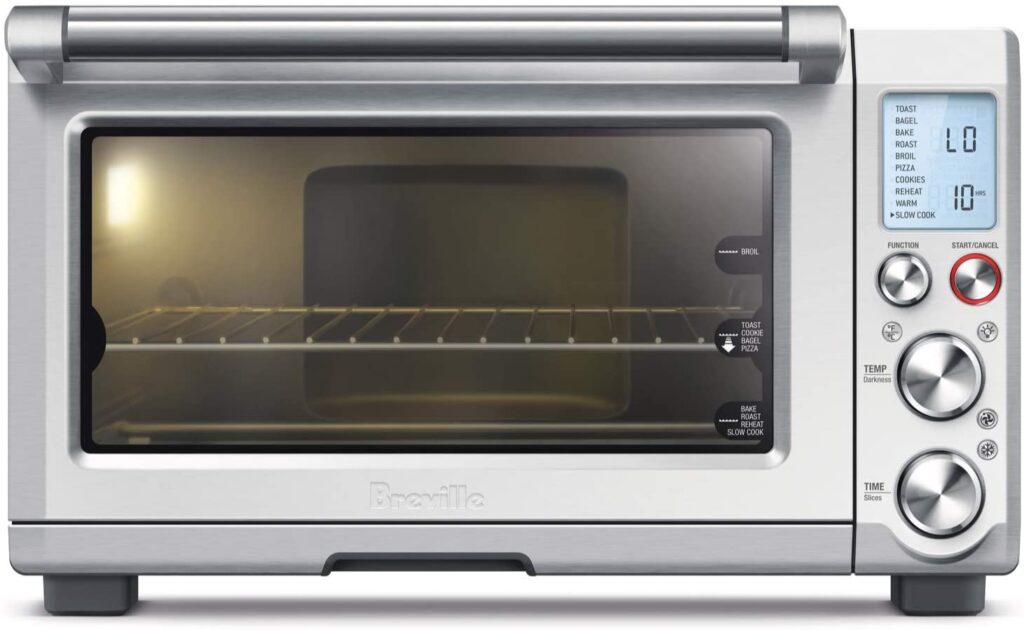How To Make Soup In Slow Cooker [GUIDE]
Soup is one of the most comforting and versatile dishes in any cuisine. From the rich, hearty stews of Eastern Europe to the delicate broths of East Asia, soup has a way of warming both body and soul. But making a truly flavorful soup can sometimes feel time-consuming, especially if you are simmering ingredients on the stovetop for hours. This is where a slow cooker becomes invaluable. Slow cookers, also known as crock-pots, allow you to cook soup gently over an extended period, enabling flavors to meld beautifully without constant supervision. They are perfect for busy schedules, for batch cooking, or for achieving that deep, comforting taste that comes from slow, low heat.
Contents
- 1 How Long To Make Soup In Slow Cooker
- 2 How To Tell If It Is Done
- 3 Ingredients Needed
- 4 How To Make Soup In Slow Cooker
- 5 When Things Go Wrong
- 6 Expert Tips
- 7 Can I Do This Without A Slow Cooker?
- 8 Reheating Leftovers In Slow Cooker
- 9 FAQs
- 9.1 What Types Of Soup Can I Make In A Slow Cooker?
- 9.2 Do I Need To Brown Meat Before Adding It To A Slow Cooker?
- 9.3 Can I Use Frozen Ingredients In A Slow Cooker Soup?
- 9.4 How Long Should I Cook Soup In A Slow Cooker?
- 9.5 How Much Liquid Should I Add To Slow Cooker Soup?
- 9.6 Can I Add Dairy Products To Slow Cooker Soup?
- 9.7 How Do I Prevent Vegetables From Becoming Mushy In A Slow Cooker?
- 9.8 Can I Cook Beans In A Slow Cooker Without Pre-soaking?
- 9.9 Is It Safe To Leave A Slow Cooker On Overnight?
- 9.10 How Should I Store Leftover Slow Cooker Soup?
How Long To Make Soup In Slow Cooker
The cooking time for soup in a slow cooker largely depends on the ingredients and the heat setting. Generally, slow cookers have two primary settings: low and high.
- Low Setting: Ideal for most soups, this setting typically ranges from 6 to 8 hours. Low heat is particularly good for tough cuts of meat, root vegetables, and beans, allowing them to soften and release flavors gradually.
- High Setting: If you’re short on time, high heat can reduce cooking to 3-4 hours. This is best for soups with tender meats, pre-cooked beans, or vegetables that cook quickly.
Keep in mind that soups with delicate greens or seafood should be added later in the cooking process to prevent overcooking. Overly long cooking, even on low, can break down ingredients too much, resulting in mushy textures.
How To Tell If It Is Done
Determining when a slow cooker soup is done isn’t just about timing-it’s about texture, taste, and aroma. Here are some key indicators:
- Vegetable Tenderness: Root vegetables like carrots, potatoes, and parsnips should be fork-tender. Leafy greens and zucchini, if added at the start, may disintegrate, so adding them toward the end is recommended.
- Meat Readiness: Chicken, beef, or pork should be easy to shred or cut with a fork. Tougher cuts like chuck roast become succulent and pull-apart tender after long cooking.
- Flavor Depth: Taste your soup periodically. A fully cooked slow cooker soup will have a well-rounded, melded flavor, where individual ingredients complement each other rather than stand out sharply.
- Aroma: A finished soup releases a rich, inviting smell. If it smells bland or “raw”, it likely needs more time.
Ingredients Needed
The beauty of slow cooker soup is its flexibility, but a balanced mix of ingredients ensures depth of flavor:
- Proteins: Chicken, beef, pork, sausage, or legumes (beans, lentils)
- Vegetables: Onion, carrots, celery (the classic mirepoix), plus potatoes, parsnips, squash, or mushrooms
- Broth/Stock: Chicken, beef, vegetable, or homemade stock for richness
- Herbs & Spices: Bay leaves, thyme, rosemary, parsley, garlic, salt, pepper, paprika, or cumin
- Grains & Pasta: Rice, barley, noodles, or quinoa, added near the end to avoid overcooking
- Optional Add-ins: Cream, coconut milk, tomatoes, or cheese for creaminess; greens like spinach or kale for nutrition
How To Make Soup In Slow Cooker
- Prep Ingredients: Chop vegetables, trim meat, rinse beans if needed. Browning meat on the stovetop first is optional but adds depth.
- Layer Ingredients: Start with aromatics (onions, garlic, celery, carrots), then meat, root vegetables, and finally liquids like stock or water.
- Season Generously: Herbs, spices, and salt go in at the start for maximum flavor infusion.
- Cook Low and Slow: Cover and cook on low for 6-8 hours or high for 3-4 hours.
- Add Quick-Cooking Ingredients: In the last 30-60 minutes, add pasta, grains, leafy greens, or seafood.
- Adjust Seasonings: Taste and adjust salt, pepper, or acidity (like a squeeze of lemon) before serving.
When Things Go Wrong
Even in a slow cooker, soup can encounter issues:
- Soup Too Watery: Simmer uncovered for 20-30 minutes at the end or add a thickener like cornstarch or a roux.
- Vegetables Mushy: Reduce cooking time or add vegetables later.
- Meat Dry or Tough: Likely overcooked; use more tender cuts next time or ensure enough liquid.
- Bland Flavor: Add concentrated ingredients like tomato paste, bouillon, or fresh herbs at the end to brighten taste.
Expert Tips
- Layer Wisely: Denser vegetables and meats at the bottom cook more evenly.
- Avoid Overfilling: Keep your slow cooker no more than 2/3 full for proper heat circulation.
- Use a Lid: Lifting the lid frequently extends cooking time significantly.
- Thicken Naturally: Puree some cooked vegetables directly into the broth for creamy texture without cream.
- Prep in Advance: Slow cooker liners or pre-chopped freezer bags make weekday soups effortless.
Can I Do This Without A Slow Cooker?
Yes, a stovetop or oven can replicate slow cooker results, but it requires more attention:
- Stovetop: Use a heavy-bottomed pot, simmer on low heat for 2-3 hours, stirring occasionally.
-
Oven: Place soup in a covered Dutch oven at 300°F (150°C) for 3-4 hours.
The slow cooker’s advantage is consistent low heat and hands-off convenience, which is hard to mimic perfectly without regular stirring.
Reheating Leftovers In Slow Cooker
Reheating soup in a slow cooker ensures even warmth without burning:
- Transfer soup to the slow cooker and heat on low for 2-3 hours or high for 1-2 hours.
- Stir occasionally and add a splash of water or broth if it has thickened too much.
- For soups with dairy or cream, stir gently and avoid high heat to prevent curdling.
FAQs
What Types Of Soup Can I Make In A Slow Cooker?
You can make a wide variety of soups in a slow cooker, including vegetable, chicken, beef, lentil, bean, minestrone, chowder, and creamy soups. Slow cookers are especially good for recipes that benefit from long, gentle cooking to enhance flavors.
Do I Need To Brown Meat Before Adding It To A Slow Cooker?
Browning meat before adding it to a slow cooker is optional, but recommended. Browning adds depth of flavor and improves texture. However, if you’re short on time, you can add raw meat directly, and it will cook thoroughly over several hours.
Can I Use Frozen Ingredients In A Slow Cooker Soup?
Yes, frozen vegetables or meat can be used, but be cautious. Using frozen meat can increase cooking time and may result in uneven cooking if the pieces are large. It’s best to cut frozen meat into smaller chunks and thaw if possible for consistent results.
How Long Should I Cook Soup In A Slow Cooker?
Cooking times vary based on the recipe, but generally, soups cook for 4-6 hours on high or 6-10 hours on low. Heartier ingredients like beans or root vegetables may require longer cooking, while delicate vegetables should be added later to avoid overcooking.
How Much Liquid Should I Add To Slow Cooker Soup?
Slow cookers retain moisture well, so you may need slightly less liquid than stovetop recipes. Typically, 4-6 cups of broth or water is sufficient for most recipes. Avoid overfilling, as soup expands during cooking and can overflow.
Can I Add Dairy Products To Slow Cooker Soup?
Dairy products like cream, milk, or cheese should generally be added in the last 30 minutes of cooking. Prolonged cooking can cause dairy to curdle or separate. Alternatively, use non-dairy substitutes that are more stable during long cooking times.
How Do I Prevent Vegetables From Becoming Mushy In A Slow Cooker?
To maintain texture, add softer vegetables such as zucchini, spinach, or peas during the last 30-60 minutes of cooking. Harder vegetables like carrots, potatoes, and parsnips can be added at the beginning to ensure they cook through.
Can I Cook Beans In A Slow Cooker Without Pre-soaking?
Some beans can be cooked without pre-soaking, but they will require longer cooking times and may not cook evenly. Pre-soaking beans overnight reduces cooking time and improves digestibility. Note that kidney beans must always be boiled before adding to a slow cooker to destroy toxins.
Is It Safe To Leave A Slow Cooker On Overnight?
Yes, slow cookers are designed for unattended cooking, and leaving one on overnight is generally safe. However, ensure the appliance is on a flat, heat-resistant surface, and check that your recipe is suitable for long cooking to avoid overcooking delicate ingredients.
How Should I Store Leftover Slow Cooker Soup?
Cool the soup to room temperature within two hours, then store in airtight containers in the refrigerator for 3-4 days. For longer storage, freeze in portioned containers for up to 3 months. Reheat thoroughly before serving, either on the stovetop or in the microwave.



